 Embroidery uses thread stitched by a computer driven machine on to a product in different patterns to best
Embroidery uses thread stitched by a computer driven machine on to a product in different patterns to best
representthe artwork or logo.
Advantages: Small runs are usually very price effective. The result has a professional appearance that does not wear, crack or fade.
Disadvantages: Complex or detailed images cannot be accurately reproduced. Price is determined by the quantity of stitches therefore large images are generally too expensive.
Setup: Although there is an initial setup cost involving the digitising of the artwork repeat orders do not require any further costs.
Suitable Products Include: Clothing, Caps, Bags, Towels & most fabrics.
Use the below examples to help estimate your stitch count.
Or Download the Stitch Estimator sheet (Under Downloads on Home Page)
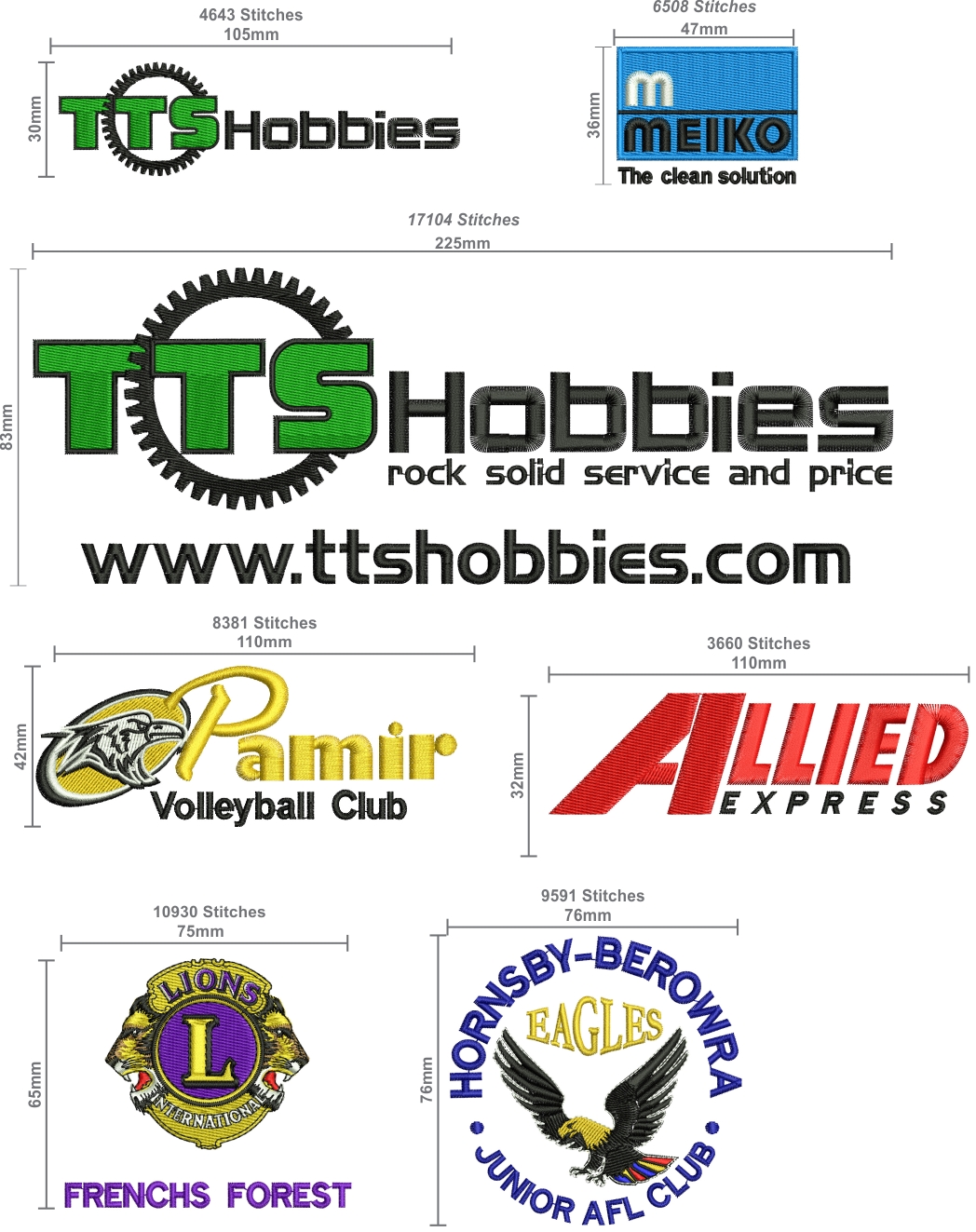
    Â

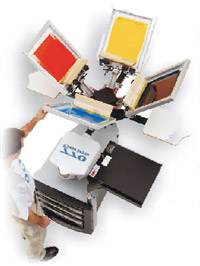 Involves the passing of ink through a mesh or 'screen' that has been stretched on a frame, and to which a stencil has been applied. The stencil openings determine the image that will be printed.
Involves the passing of ink through a mesh or 'screen' that has been stretched on a frame, and to which a stencil has been applied. The stencil openings determine the image that will be printed. Is the practice of using lasers to engrave or mark an object. A computer system is used to drive the movements of the laser head. Despite this complexity, very precise and clean engravings can be achieved at a high rate.
Is the practice of using lasers to engrave or mark an object. A computer system is used to drive the movements of the laser head. Despite this complexity, very precise and clean engravings can be achieved at a high rate. Pad printing is a printing process that can transfer a 2-D image onto a 3-D object. This is accomplished using a stamp printing process that involves an image being transferred with ink from the printing plate via rubber pad onto a product.
Pad printing is a printing process that can transfer a 2-D image onto a 3-D object. This is accomplished using a stamp printing process that involves an image being transferred with ink from the printing plate via rubber pad onto a product.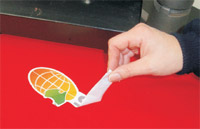 The latest in heat applied transfers - your image is digitally printed using solvent based inks onto a very thin membrane material which is cut to shape then heat applied under pressure on to the product. Cost is determined by size as well as how complex the logo is to cut to shape.
The latest in heat applied transfers - your image is digitally printed using solvent based inks onto a very thin membrane material which is cut to shape then heat applied under pressure on to the product. Cost is determined by size as well as how complex the logo is to cut to shape.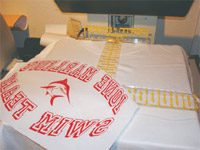 Plastisol transfers are like digital transfers only that they leave behind just the ink as they do not require a membrane.
Plastisol transfers are like digital transfers only that they leave behind just the ink as they do not require a membrane.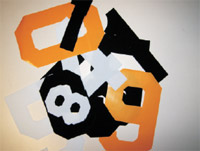 Typically in the form of numerals pre-made die cut numbers in numerous styles and sizes are used for applying to sporting jerseys and similar.
Typically in the form of numerals pre-made die cut numbers in numerous styles and sizes are used for applying to sporting jerseys and similar.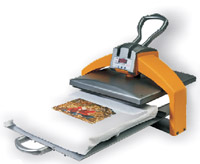 Dye sublimation printing is the process of transferring a digitally printed typically photographic image onto any 100% polyester fabric or any surface that is coated with a special polyester resin.
Dye sublimation printing is the process of transferring a digitally printed typically photographic image onto any 100% polyester fabric or any surface that is coated with a special polyester resin.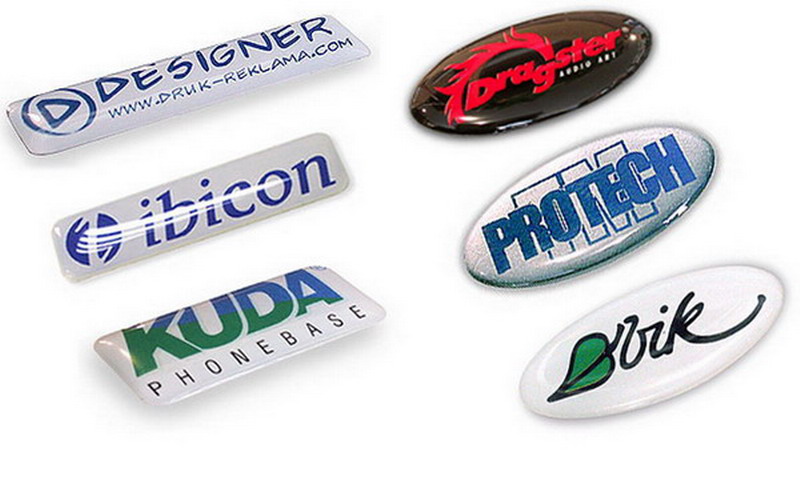 An epoxy dome is a clear plastic coating that can be added to soft enamel, photo etched, silkscreen, and off set printed style label. By adding this item to a product, it provides a lustrous shine and protects your design from damage.
An epoxy dome is a clear plastic coating that can be added to soft enamel, photo etched, silkscreen, and off set printed style label. By adding this item to a product, it provides a lustrous shine and protects your design from damage.